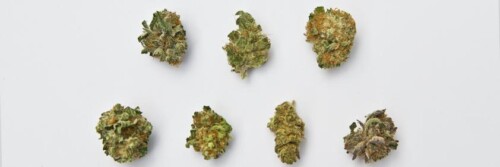
In a society stoked by abundance and over-indulgence, microdosing has emerged as a humble sigh of relief with an excess of benefits. This growing fad among smokers advocates that less is more when it comes to cannabis consumption and involves ingesting small amounts of cannabis to receive all the benefits while skipping over unwanted side effects. The recently widespread legalization of cannabis has piqued the interest of many Americans, prompting them to check out all the hype. Microdosing presents a welcoming experience to newbies, while perhaps changing the game for seasoned smokers.
Key Takeaways
- Microdosing delivers the medical perks associated with THC without any of the psychoactive properties
- There are multiple methods to microdose, including edibles, smoking and vaping
- It’s important to understand the distinction between full-spectrum and isolate CBD, and which is best for you
Table of contents
What is Microdosing?
Microdosing delivers the medical perks associated with THC without any of the psychoactive properties. Instead of smoking with the intention of being incapacitated, people mindfully use tiny amounts of cannabis to regulate the experienced sensations and relieve physical or mental discomfort. five milligrams of THC is the typical starting point for microdosers, but experiment to find your cannabis sweet spot. This limited amount allows practitioners to go about their day with an uninterrupted mindset and mood while still reaping the benefits of THC. Increased self-awareness and respect for the healing qualities of marijuana has made microdosing the new mantra for many.
Microdosing is another relatively new term that has been applied to other controlled substances long before cannabis or hemp. Formerly used to refer to tiny doses of psychedelics like LSD or psilocybin, microdosing now connotes using small doses of a medicinal substance to reap health benefits without mind-altering effects. These doses might be somewhere in the range of one-tenth to one-twentieth of the usual dosage.
While most microdosed drugs are generally used for recreation, the dosage levels of any microdosed substance impact the type of effects felt by the microdoser. A typical LSD dosage would cause you to perceive an alternate reality, with an extended period of impairment and loss of control. Microdosing, on the other hand, seems to give a boost to mood and sense of wellbeing without any negative or undesirable side effects.
From artists to entrepreneurs, many people across the world claim that microdosing helps to activate their best selves. The idea is to utilize the best benefits these compounds can bring to our bodies (such as enhancing productivity, creativity, concentration, focus, and awareness) without risking impairment or dependence.
Methods for Microdosing
When it comes to choosing a method for microdosing, it’s important to consider the anticipated outcome that’s best for you. Reflect on the advantages and disadvantages posed by each option before committing fully to one route. Keep in mind that what feels best for one person may not jive well with another.
Ingestion
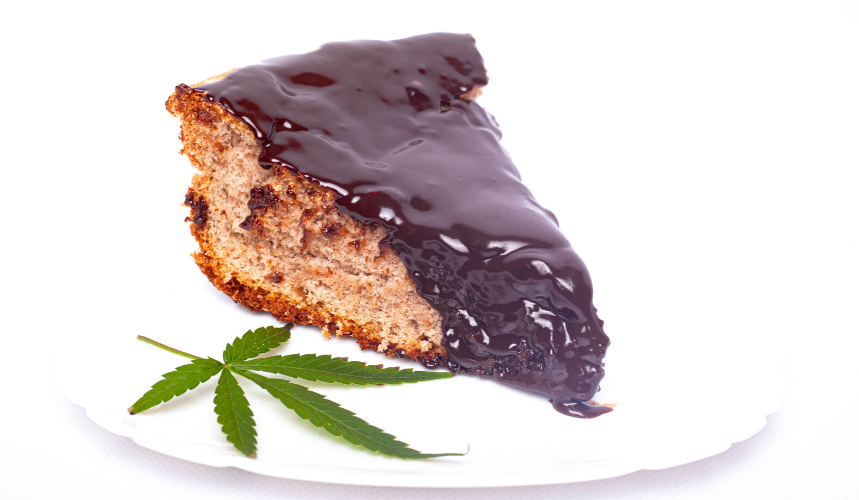
Tinctures and edibles often provide longer-sustained effects with a heightened sense of control over dosages. Some become drawn in by its discreet ability to deliver THC without smoke inhalation. Edibles take much longer to produce noticeable impressions, so exercise caution and don’t let impatience get the best of you.
Combustion
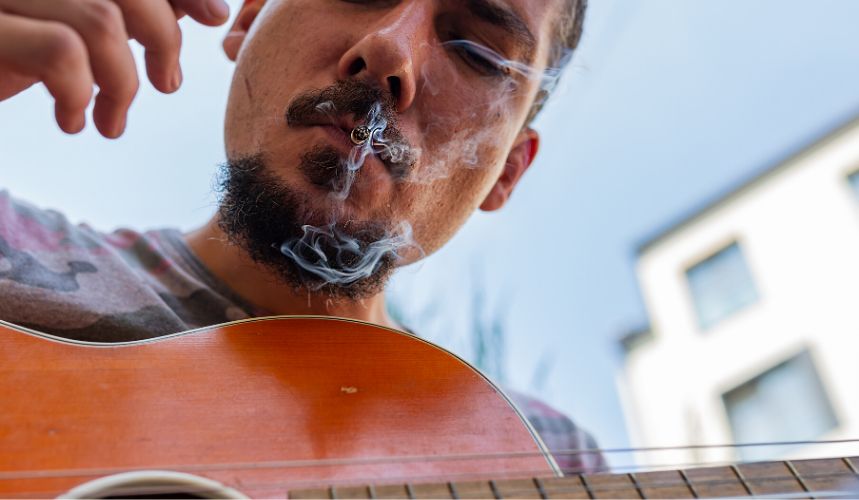
Although pipes and joints are convenient and readily available, they’re not economically friendly and present the most challenging system for accurately managing dosages. For those who enjoy the aesthetic appeal of smoking, try a transparent glass pipe so smoke is visible before entering the body and it’s obvious when the pipe needs a cleaning.
Vaporization
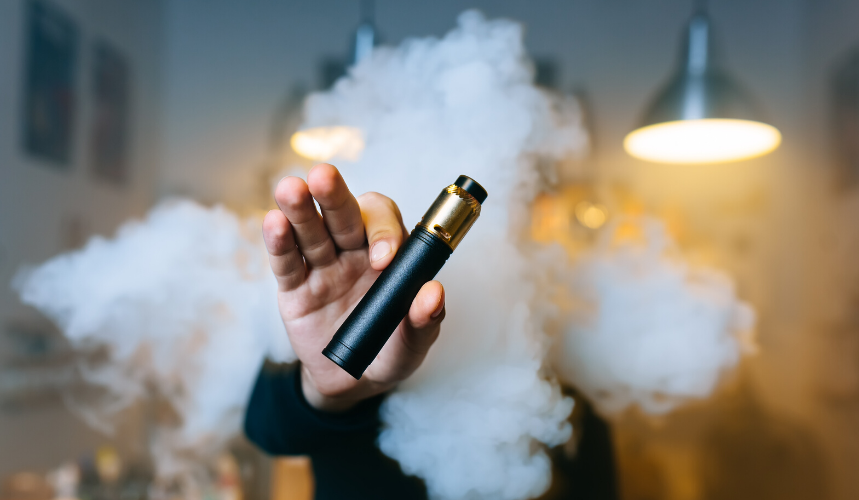
Vaporizing makes it easy to control doses while avoiding carcinogens. It’s grown increasingly popular as new technology for vaping becomes accessible to smokers. Many devices allow users to adjust the temperature, creating different flavor profiles and enhancing the experience.
Benefits of Microdosing
The sensations brought on by microdosing depend highly on the different cannabinoid profiles and the body chemistry of the smoker. Many consumers report feeling focused, creative, happy, energetic or somewhere in the middle as a result of microdosing. Others use it to alleviate pain, tension, or stress. Many are attracted to strains boasting relaxing or sedative properties as a method for unwinding naturally. Those having trouble meeting their daily calorie intake can rest assured that most strains will boost their appetite.
The personal nature of smoking implies that everyone perceives it uniquely; it’s all a matter of exploring the available choices to find what’s a good fit for you. Start by investigating what you hope to achieve through microdosing; do you crave peace of mind, an energy boost, or relief from pain? Use this information to determine what method and strain will best serve your intention. With cannabis being so widely accessible it may be tough to moderate, but for those seeking to remain attentive and poised throughout the day, you might rethink that extra toke because if microdosing teaches us anything, it’s that less is indeed more.
Microdosing CBD: Full-Spectrum and Isolate
The market is well-equipped with CBD product ranges for many diverse niches. While the cannabinoid is already creating a buzz in the medical community, cosmetics, fitness, supplements, and more industries are looking forward to the potential applications CBD may offer outside of the wellness sphere. The idea of microdosing CBD is also entering the conversation, as more people look to reap the maximum benefit from their dose.
As interest in this cannabinoid rises, so does the research surrounding it. The prevailing narrative about marijuana use has been quite controversial in the past, especially due to its psychoactive properties, and medical cannabis is a relatively new addition to Western medicine. CBD, however, is non-psychoactive and carries no capacity for abuse or dependence. With a clean slate of health benefits only, CBD shows a promising opportunity for the cannabis industry itself.
Microdosing is an especially attractive option for medical cannabis and hemp users that offers the therapeutic benefits of CBD, CBN, CBG, and other cannabinoids without any high. However, different CBD products can behave quite differently depending on their composition.
Full-Spectrum vs. Isolate CBD: What’s the Difference?
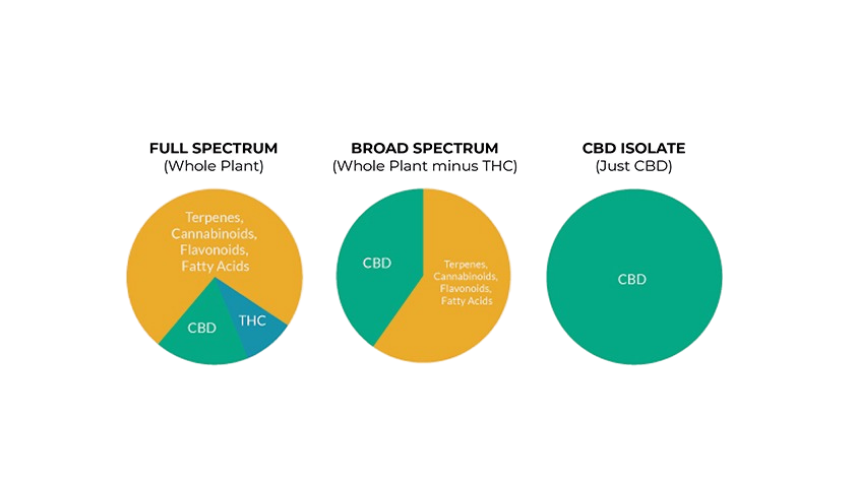
In the wake of the CBD explosion onto the market, a new wave of terminology has entered the cannabis sphere. Terms like full-spectrum and isolate might seem extraneous, but the distinction is important to understand. This is because full-spectrum, broad-spectrum, and isolate products can yield quite different effects.
In order to get the best experience from your CBD dose, you’ll need to understand a bit about how it works in your body before choosing between full-spectrum or isolate products. Given the source of both full-spectrum and isolate CBD products is hemp, these products are legal in most places across the world. However, the similarities largely stop there.
Isolate CBD is exactly what it sounds like: pure CBD molecules, with 0.1 percent or less residual plant material. CBD isolate is a white crystalline substance that looks much like table salt. The isolate can be dissolved into oils, vaporized, or dabbed to produce therapeutic effects. To obtain CBD isolate, all the other plant materials, oils, cannabinoids, terpenes, and other compounds must be removed. This makes isolate CBD inherently more processed than its full-spectrum cousin.
Full-spectrum CBD, however, is the term used for the extract of the whole hemp plant. This extract includes all those beneficial cannabinoids like CBN, CBC, and CBG, as well as the terpenes and flavonoids that work together to create the entourage effect. While it’s still being studied, evidence suggests that cannabinoids like CBD work better together than they do separately. Many people experience greater relief from full-spectrum CBD than from isolates.
Full-spectrum extracts are largely preferred to their isolate counterparts, but there are reasons someone might choose isolates over full-spectrum CBD. These might include worries about drug testing, sensitivity to THC, or reasons that are entirely personal. Isolate products absolutely have a place for some people, but we prefer to use full-spectrum CBD where possible.
Benefits of Microdosing CBD
The concept of microdosing was initiated from research, which indicates that psychedelic drugs like mushrooms and LSD have health applications. These compounds can help to treat mental health conditions such as PTSD, OCD, depression, and anxiety. Psychedelics, however, carry unique risks compared to other medicinal compounds.
First, hallucinogens come with a risk of exacerbating negative thoughts. Many people have experienced “bad trips” while on these substances, which can be so terrible that they negatively impact long-term mental health. These drugs are also long-acting, causing “trips” that can last for hours. Also, these are controlled substances and are illegal to use, even if for medical purposes. However, Microdosing seems to overcome most of these shortcomings and offer a more useful and comfortable way of receiving the medical benefits of these substances.
With scientific research to shed light on its health benefits, the perception towards cannabis and its role in our everyday lives is ever-evolving. But the skepticism and inaccurate information regarding the dosages has led many people to explore the concept of microdosing cannabis as well.
Millions of people across the world share personal experiences of how microdosing psychedelics changed their lives. While microdosing cannabis is relatively new, reports are promising. The actual benefits or side effects of microdosing CBD are not yet understood, but evidence suggests that CBD is beneficial even in small doses.
Best type of CBD for Microdosing: Full Spectrum vs. Isolate
The answer to this question requires a bit of background in cannabis and its constituents. The cannabis plants contain a cocktail of terpenes and cannabinoids, which are responsible for the various benefits we receive from the plant. The two major cannabinoids of therapeutic interest at this time are THC and CBD. Apart from these, there are a variety of terpenes that contribute to the texture, flavor, aroma, and medicinal properties of the two compounds.
CBD isolate refers to a product that contains nothing but pure, unadulterated CBD from industrial hemp. It lacks any other constituents of the plant, such as terpenes or flavonoids. It is the purest form of CBD, which is about 99.9-percent concentrated. The initial extraction process from the hemp plant leaves the resulting extract full of a mixture of terpenes and cannabinoids. This plant extract goes through another layer of extraction and filtration to isolate the CBD from the rest of the substances.
By contrast, full-spectrum CBD contains a full range of cannabinoids and terpenes. While they also contain a minute trace of THC, the amount is not nearly enough to get you high, even at exceedingly high doses.
Why Microdose Full Spectrum CBD?
- 1. It initiates the entourage effect: Microdosing full-spectrum CBD offers a rather balanced palette of cannabinoids for the body to accommodate. Several studies support the entourage effect of the cannabis plant relative to using isolate products. The various compounds in cannabis synchronize with each other and are complementary. The cocktail makes sure that you receive the benefits you expect. A study shows that the CBD content in cannabis can counteract the psychoactive effects of THC in the plant and ensure you receive the benefits possible from the substance instead. Such results show that Full-Spectrum CBD has a larger chance of interacting with the body effectively to receive the best benefits as compared to isolates.
- 2. It goes through much less processing: One of the attractive qualities of cannabinoid therapy is its natural origin. Hence, the closer you are to using it in its natural form, the better the effects you can expect. CBD isolates go through multiple levels of processing and filtration, which could strip away some of its therapeutic potential. On the other hand, full spectrum products go through minimal processing, yielding maximum benefits.
- 3. It is the best choice for treatments requiring a certain CBD to THC ratio: Several conditions require a combination of CBD and THC in a specific proportion to show recovery. While a CBD dominant product is needed to keep the psychoactive impact intact, remember that eliminating the cannabinoid may not be as effective as using it in smaller concentrations.
Table of Contents

